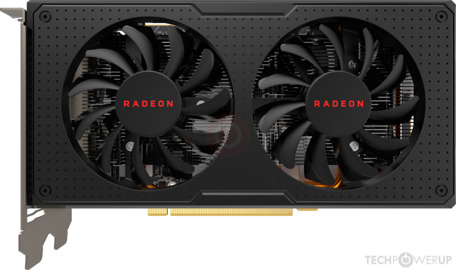Originally posted by bridgman
View Post
AMD keeps selling the same gpu at the mainstream/budget segment for many, many years now. If i want an entry level gpu, budget, mainstream to even the lower high end, i still get to buy Polaris cards to this day, there is no alternative. Polaris was introduced almost 5 years ago. What innovation?
There is no innovation. Just the same old same old architecures re-arranged a little differently to exploit smaller process nodes with a little better drivers, sold at ever increasing price points. 479$ MRSP (and we know the price will be significantly higher at retail) is no joke. Even for wealthy countries like the USA, let alone for my country where this amount is close to what most make in a month. It used to be that i could go to the store, get a 100 euro gpu and still game decently at lower resolutions for all modern games. Nothing fancy but it could do the trick. The last half of the decade this ceased to be the case. Today i need to pay 300 euros retail in order to be able to game at the bear minimum for new AAA games at 1080p. The bear minimum. If i pay less than that i have to not only forget anything about raytracing (obviously), but even mid settings at 1080p are out of the question, as well as steady 60fps. It is a lot of money to get such poor experience, when you can add 100 euros and just buy a whole console that will perform at 4K and with raytracing....
The gpu duopoly's greed has been destroying the whole market, but i suppose they don't care since they have miners to sell to. Only that when the bitcoin ponzi scheme collapses at some point (and it WILL collapse, make no mistake about it), i am not sure there will be any healthy gaming market to sell the gpus to....


Comment